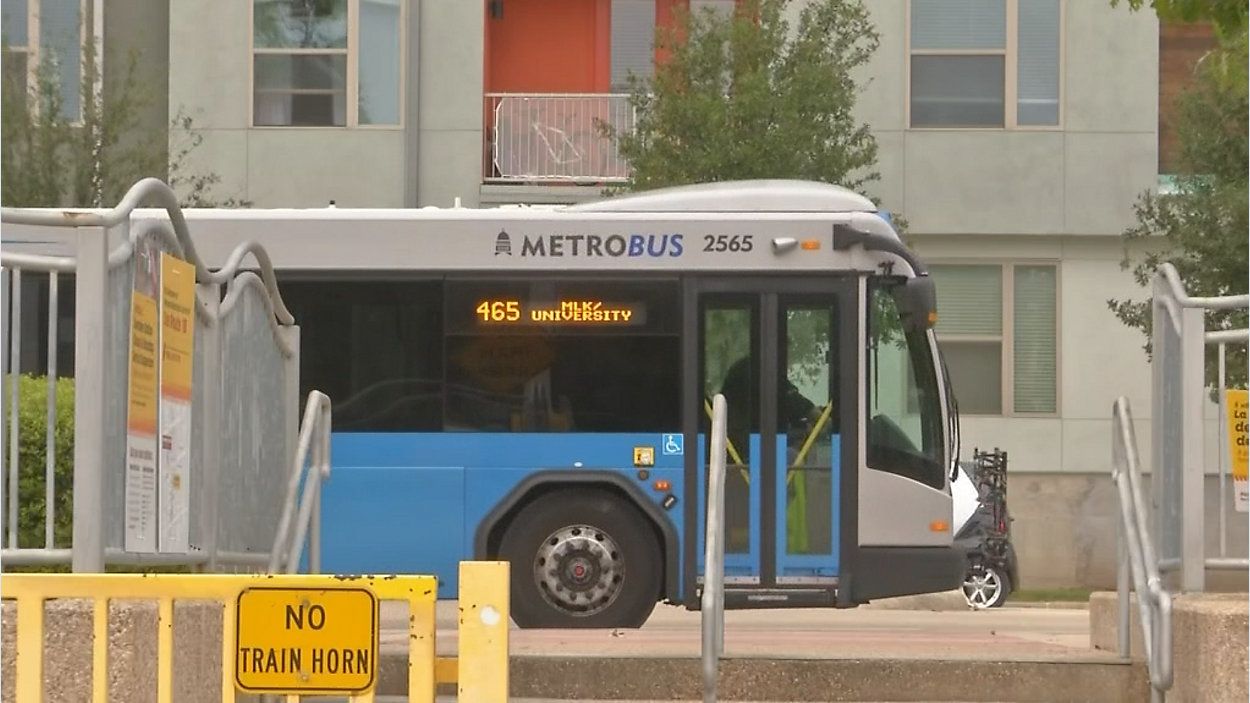AUSTIN, Texas -- If there’s one thing Austinites can agree on it’s that our traffic frequently ranges from bad to miserable. With Austin’s population projected to double to 4 million people by 2040, it’s clear something needs to be done to decrease congestion.
What that will look like remains to be seen but Capital Metro and Austin City Council this week did hammer out details of an ambitious plan.
Project Connect, Capital Metro’s website explains, “could expand transit capacity and offer more choices, linking people, neighborhoods and employers.”
The plan includes four major proposed upgrades.
Transitways
Transitways are dedicated spaces for transit vehicles to move free from traffic. The plan involves two major lines. The Orange Line would establish a 21-mile north-south link and include 16 stations and new hubs. It would roughly travel along North Lamar and Guadalupe through the University of Texas at Austin campus and downtown. It would additionally cross the Colorado River to the South Congress district.
The Blue Line would establish a transitway between the airport, Austin’s central core, and numerous high-density neighborhoods.
Improved Bus Service
According to Capital Metro, a big part of the plan includes improvement to and expansion of bus service. It would upgrade the three existing services: MetroRapid, MetroBus, and MetroExpress. Proposed improvements include faster travel times, station amenities including better protection from the elements, increased safety, expanded capacity, and more station connectivity.
MetroRail
The MetroRail is the existing rail line that extends from downtown Austin to Leander. Capital Metro says the existing Red Line is already being improved with a second set of tracks near select stations. On the table is the MetroRail Green Line. It would connect east of Central Austin to downtown.
In addition, a light rail is being considered and would require tunneling under portions of Austin.
Transit Hubs and Park & Rides
Proposed upgrades to transit hubs and Park & Rides include amenities such as unique landscaping and lighting, increased parking and improved pedestrian and bicyclist access.
All of this comes with a hefty price tag that will reach the billions. It was stated that about 40 percent of the cost could be covered via a federal grant. Still, the future of the project will be determined by voters, and a similar plan was shot down in 2014.



